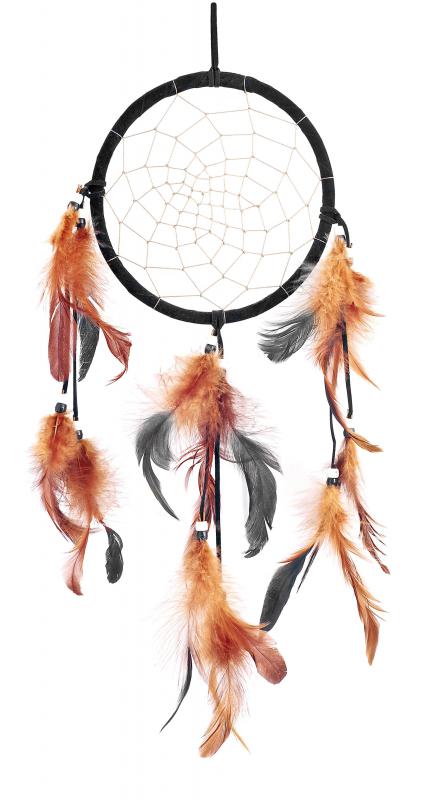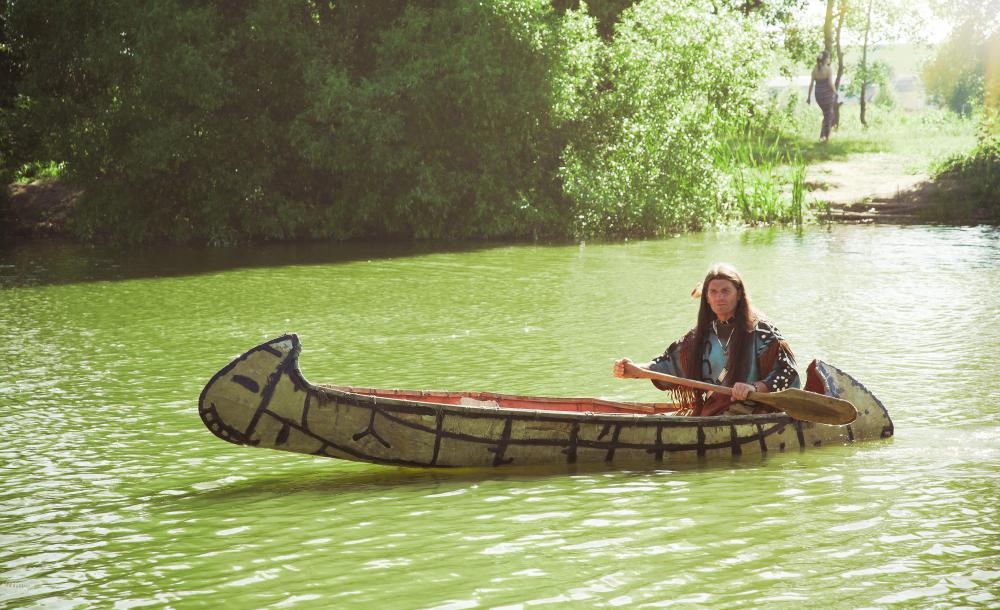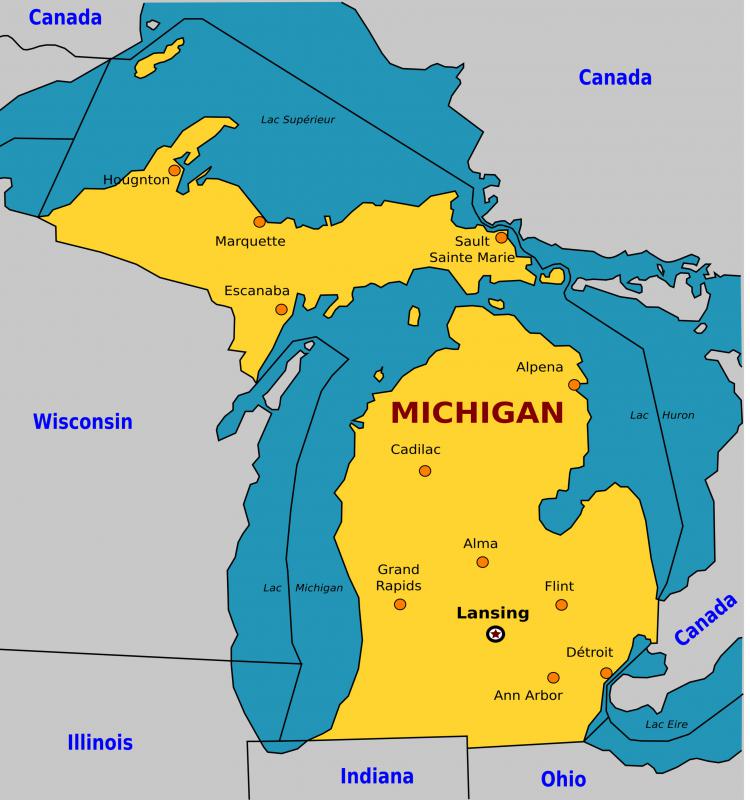At WiseGEEK, we're committed to delivering accurate, trustworthy information. Our expert-authored content is rigorously fact-checked and sourced from credible authorities. Discover how we uphold the highest standards in providing you with reliable knowledge.
What is a Chippewa Native American?
A Chippewa Native American is a member of the Chippewa Nation, a North American indigenous group of people who lived primarily in what is now Michigan, Wisconsin and Minnesota in the United States and Ontario and Saskatchewan in Canada. The Chippewa Nation consists of about 150 different groups of Chippewa tribes or bands, and a Chippewa Native American may also refer to him or herself as part of the Ojibwa, Ojibway or Ojibwe Nation. All the different spellings refer to the same group of people.
In Canada, Ojibway is the most commonly used spelling and pronunciation. It and Chippewa means puckered in the Native American Algonquin language, and most think the name stems from the puckered style of the shoes or moccasins historically worn by the Chippewas. The Chippewa language is so closely related to Algonquin that it is considered a dialect. The Chippewas call themselves Anishinabe, which in their language means the original people.

Chippewa Native American communities each have their own organization and government on reservations in the US and what are called reserves in Canada. Leaders of Chippewa Native American groups are called ogimaa or gimaa and are democratically elected to serve on councils. In the past, a leader was male and often from the family of the prior chief. Today, any Chippewa Native American member, male of female, can run for office.

Historically, both Chippewa Native American men and women worked together to gather wild rice. They also traditionally performed many of the same tasks, such as gathering and preparing plants for medicine, story-telling and creating art and music. They lived in two types of housing—a wigwam, a domed structure made from bark called a waginogan, and a tent made from buffalo hides called a tipi. The waginogans were used mainly by those who lived in woody areas, while those who hunted buffalo and needed to move more often to follow the herd lived in portable tipis.

Today, the average Chippewa Native American lives in a modern house or apartment and speaks English as well as the native Chippewa or Ojibway language. Chippewa Native American industries include gambling, which is operated in casinos on tribal land, and craftwork, such as beadwork on clothing and baskets. Many of the reservations also have facilities to promote tourism, such as museums, hotels and stores.
AS FEATURED ON:
AS FEATURED ON:















Discuss this Article
Post your comments